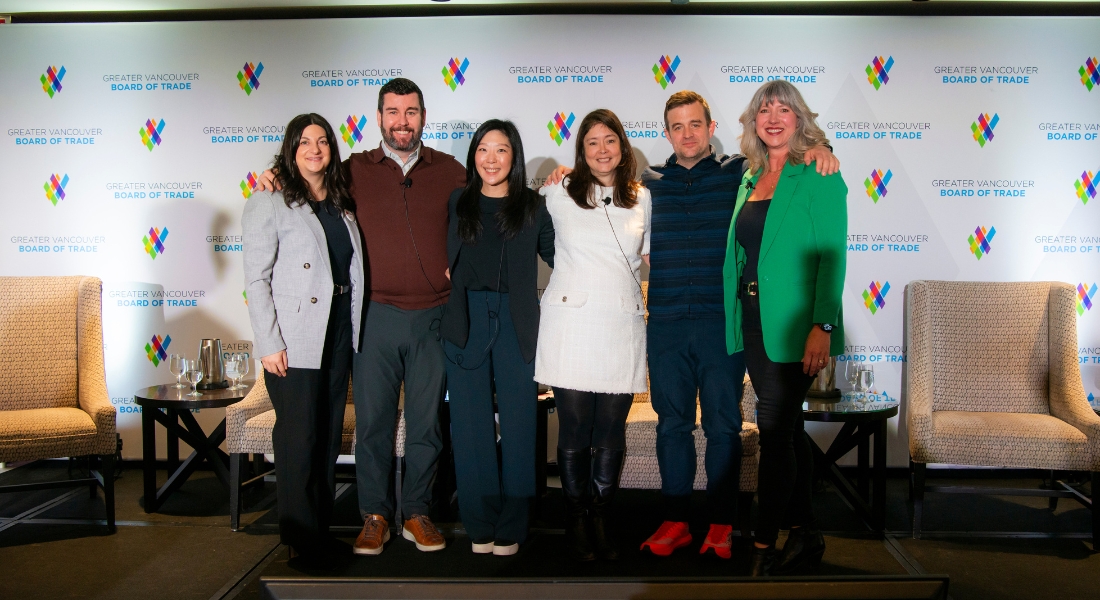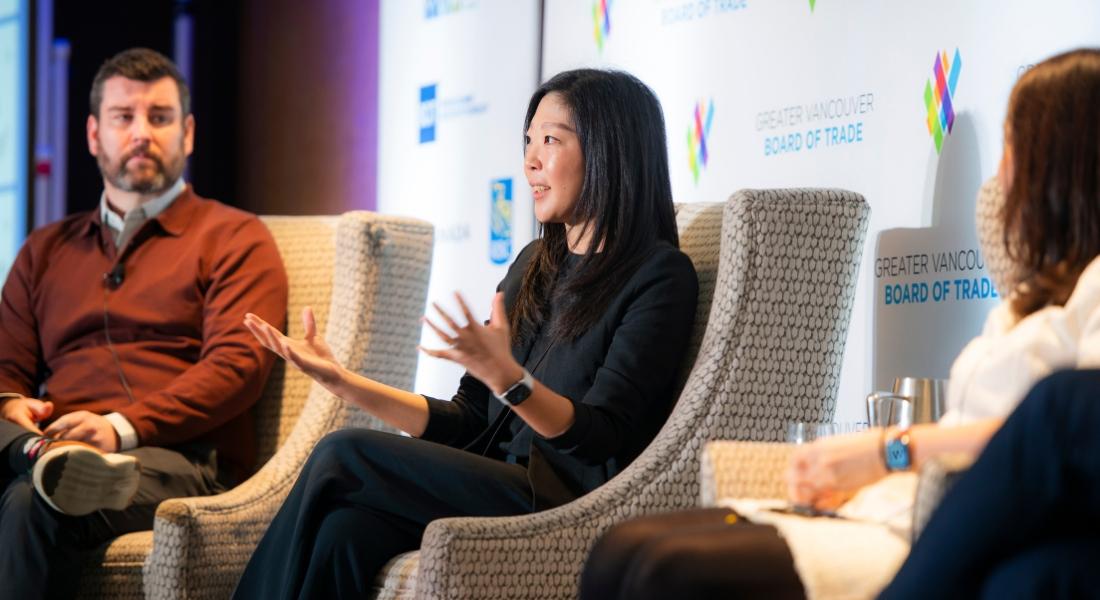Trends Transforming the Market: Accenture’s 2025 Life Trends Report

Disruptive technological breakthroughs are evolving people’s digital experiences resulting in business, technology and societal shifts. Businesses that adapt to these shifts will be best positioned to grow their operations and revenue.
Accenture, a global professional services company in the field of strategy, consulting, technology, and operations, shared the findings of their latest Lifestyle Trends report which covers several of the latest consumer trends.
Here are 5 of the trends explored during GVBOT's event - "From Behavior to Business: Trends Transforming the Market in 2025” and the key insights from the panellists.
Trend 1: The Cost of Hesitation
Adding a product or service to a digital shopping cart only to abandon the cart before purchase is a common action amoung consumers today. Consumers are questioning the control, reliability and safety they have in this digital era. The Life Trends report found that 76% of respondents are finding it increasingly difficult to discern a real image from an AI-generated image.
Hesitation is a complex issue for businesses, as consumers struggle to identify what is real and what is deceptive in a digital marketplace. For example, last summer Booking.com warned that travel scams have increased by 900% in the previous 18 months.
Despite this challenge, businesses can mitigate consumer hesitation by establishing and maintaining trust. Transparency and providing customers with more control over their services. Identifying and addressing the factors contributing to consumer hesitation in a timely manner will be crucial to reducing consumer abandonment.
Question this raises: How are you building and maintaining trust with your consumers?
Trend 2: The Parent Trap
One of the biggest challenges facing parents today is digital safety. Young people are exposed to mental and emotional harm, unrealistic standards, and explicit targeted content and exploitation online. The Life Trends report stated that 56% of young adults aged 18-24 are twice as likely than adults over 55 to agree that social media significantly impacts how they think about their own identity.
Many parents struggle to navigate imposing limitations on technology for their kids, especially when their kids don’t always agree with restrictions, and the parents themselves model a dependence on technology in their daily lives. Education from parents to their kids will play an important role in teaching young people how to be safe online.
Question this raises: As an organization, what role can you play in creating safety for youth online?
Trend 3: Impatience Economy
Consumers are turning to crowdsourcing for guidance rather than traditional sources, especially when seeking quick answers on health and finance. For businesses, the key question is: how do you position your organization as a trusted source of information? The challenge lies in creating content that is both readily available and highly relatable to consumers.
Question this raises: What sources are you using for immediate answers? How do you verify the legitimacy of information online?
Trend 4: The Dignity of Work
The rise of AI and discussions on automation and productivity are causing employees to feel like a commodity. Accenture’s Future of Work study found that only 29% of employees trust that their company’s leaders have their best interest at heart.
Employers’ commitment to the employee experience has come into question in recent years. 60% of employees are concerned about generative AI increasing their stress and burnout but only 37% of leaders see this as a problem. The challenge for leadership is creating a dignity of work while we see the rise of these technologies in the workplace.
Question this raises: How do you ensure that AI is playing a positive role in your workplace culture and productivity?
To hear more about prioritizing employee wellbeing in the age of AI check out a GVBOT Podcast featuring Bridgitte Anderson, GVBOT President and CEO, and David Hobbs, TTT Studios Founder and VP of Operations.
Trend 5: Social Rewilding
With technology playing a larger role in our daily lives, there has been a renewed desire for connection—to one another and to the world around us. This trend is reflected in shifting consumer preferences. For example, the resurgence of analog cameras is driven by pre-digital nostalgia among digitally native generations. Similarly, dating apps are seeing a decline, with 79% of Gen Z preferring in-person interactions over online platforms.
More people are seeking out experiences that offer connection with others in the real world, according to Accenture's Life Trends survey, 42% of respondents said their most enjoyable experience in the previous week was a physical one, while only 15.3% said it was digital. There is an opportunity for businesses to drive consumer interest by utilizing their channels to create these connected experiences people are looking for.
Question this raises: How does your organization’s product or service satisfy consumer’s need for connection? What are you doing to create a connection with your consumers?
In conclusion, understanding these consumer trends and the role of technology is necessary for businesses to engage consumers. Establishing consumer trust is key for businesses and will create more meaningful customer relationships. The challenge for organizations will be in balancing a digital experience with physical connection.
These trends were discussed at the Greater Vancouver Board of Trade’s ‘From Behavior to Business: Trends Transforming the Market in 2025’ event, presented by Accenture.
Accenture Life Trends 2025 identify and explore the various factors we expect will change the way people experience and interact with brands, organizations, governments and systems in the coming year and beyond.